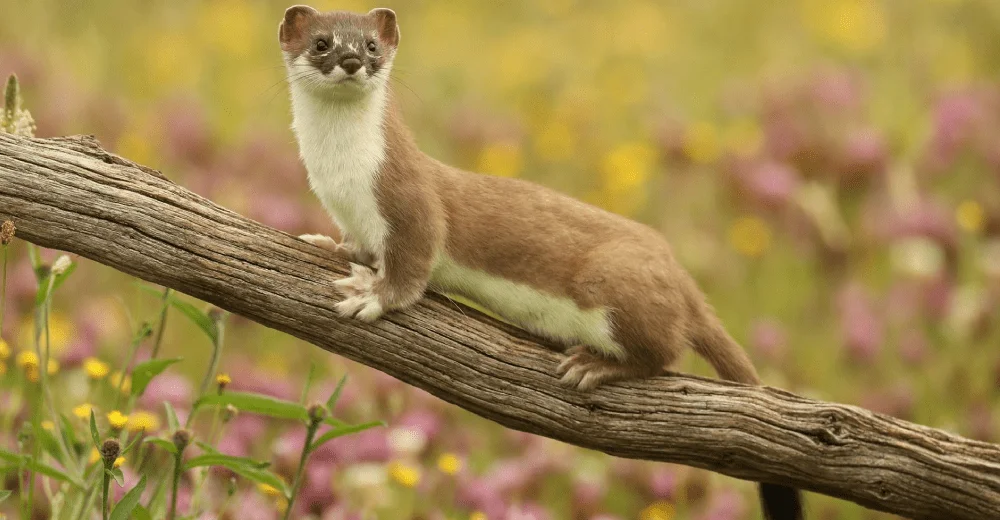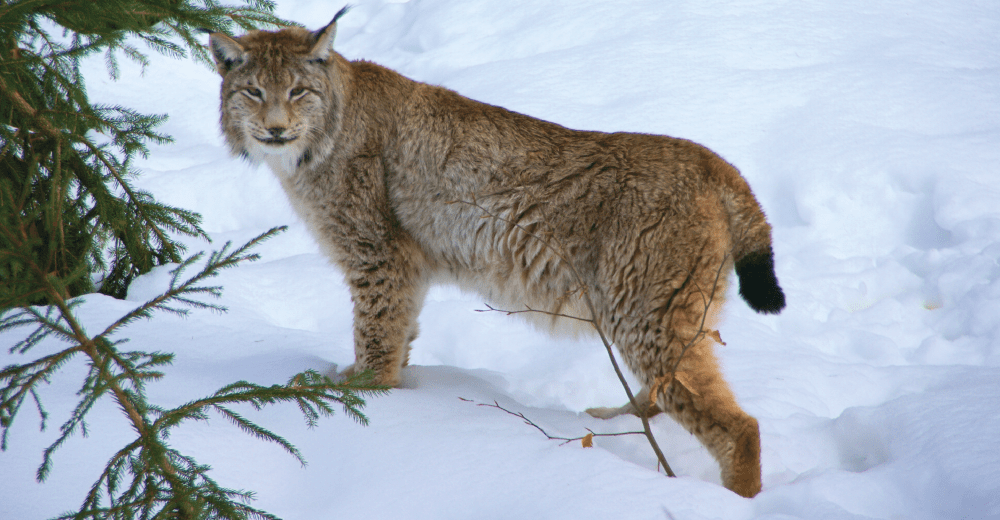The mountain weasel lives primarily in the mountains at altitudes of up to 3,500 meters. These species may be found in mixed taiga, highland steppes, or above timberline among heaps of stones. However, observations suggest that mountain weasels may be able to live in a broader range of habitats.
Mountain weasels are mainly nocturnal but occasionally hunt during the day. They are speedy and agile, with the ability to swim as well as climb. When faced with danger, these animals may make loud chirring sounds and eject a strong-smelling secretion from their anal glands.
Voles and pikas form a significant portion of the mountain weasel’s diet. As a predatory species, the mountain weasel plays an essential role in regulating the populations of small mammals, such as mice and voles. In Pakistan, the species is data deficient with not much information about its numbers.
Mountain weasels are considered beneficial to agricultural areas because they exterminate rodents, which can be agricultural pests. This species is vulnerable because of the continuing habitat conversion across most of its home range.
Another danger to the species occurs because of the ‘mountain meadow’ deprivation on the Tibetan and Deosai plateaus. Most of the meadows suffer from overgrazing of vegetation by the life stocks of nomads and domestic herds.
This species cannot tolerate a soaring degree of alteration to its habitat, and it is shy to agricultural fields. Appropriate conservation measures and more research are required to study the number and distribution of mountain weasels in Pakistan.



